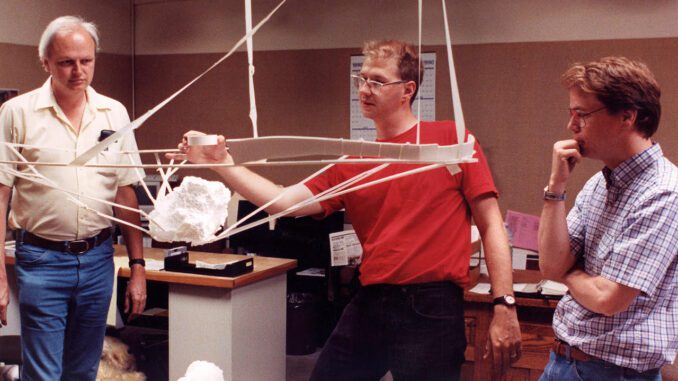

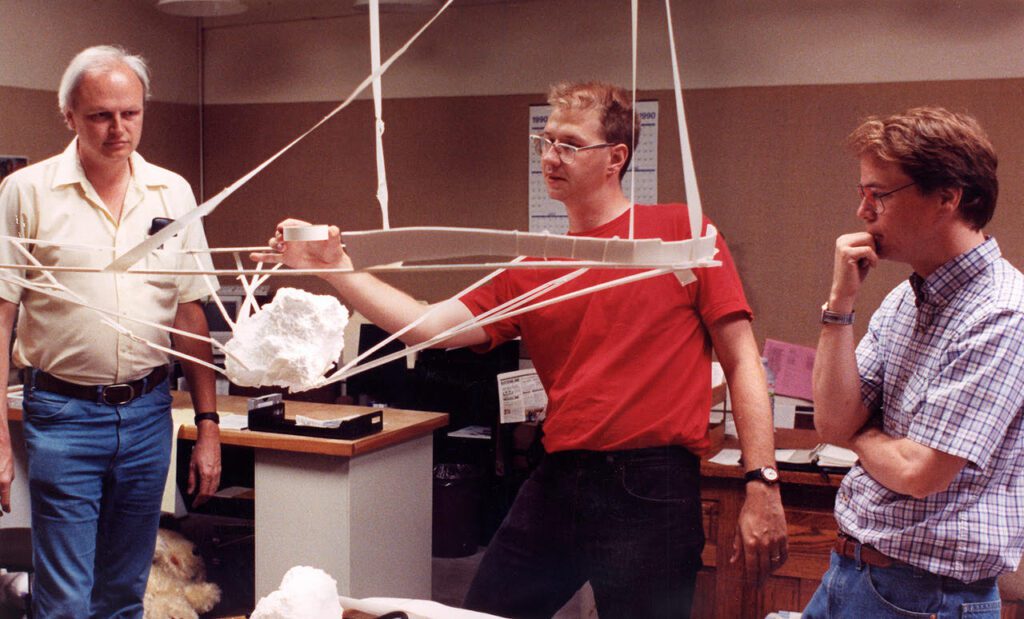
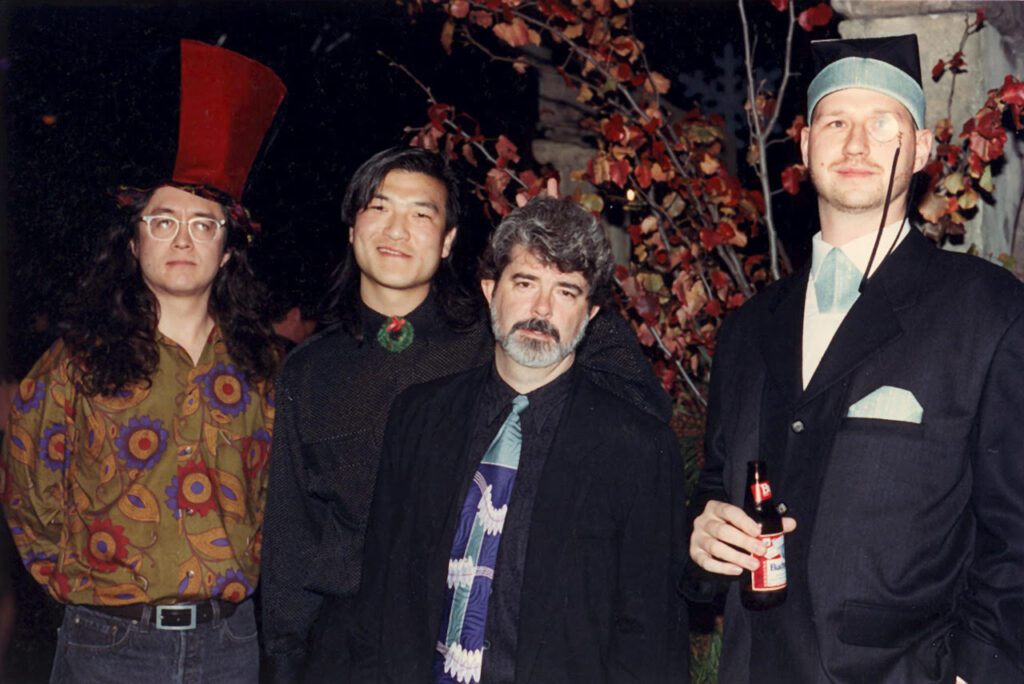
When I spoke with visual effects artist and educator TyRuben Ellingson, I was keen to explore his journey from art student to key figure at Industrial Light & Magic. Known for his work on films like Jurassic Park and Pacific Rim, TyRuben’s career has spanned decades of significant industry change, and our conversation covered everything from his early inspirations to the evolution of digital effects.
Ellingson credits his early fascination with visual storytelling to seeing 2001: A Space Odyssey as a child. “I didn’t understand it,” he said, “but I knew something important was happening.” That sense of curiosity led him to pursue fine arts, learning the technical aspects of drawing and model building, skills that would later land him at ILM in the late ’80s.
Joining the ILM art department at a time of expansion, Ellingson quickly found himself working alongside industry giants like Dennis Muren and Steve Williams. He described ILM as a place that demanded versatility and adaptability, where artists were expected to master both traditional and emerging technologies. “I started out as a model builder and fine artist,” he explained, “but once I arrived at ILM, I had to learn how to work fast and adapt to new tools.”
His ability to navigate between different mediums and disciplines paid off when Jurassic Park came along. Ellingson was involved from the early stages, initially creating texture maps for the CGI dinosaurs. As the film evolved from its original plan to use stop-motion animation to fully embrace computer-generated imagery, Ellingson became deeply embedded in the process. “I was fortunate to be in the right place at the right time,” he said, “It was a period of fast, dynamic change, and everyone involved was pushing boundaries.”
What stood out in our conversation was his perspective on creativity as something that evolves with technology, rather than being limited by it. He spoke about the transition from physical model-making to digital effects as a natural progression. “Whether you’re using an airbrush or a computer, the fundamentals of design and storytelling don’t change,” he said. That mindset has carried him through a career that spans both practical and digital work.
By the time Ellingson left ILM, he had worked on a number of landmark projects, including the Star Wars Special Editions, and had become a respected figure amongst his colleagues. But despite the accolades, his focus has always remained on pushing the creative envelope. “For me, it’s always been about moving forward, finding the next opportunity, and adapting to whatever comes next,” he said.
Now a professor, TyRuben shares this ethos with his students, encouraging them to embrace all aspects of creativity, from fine arts to digital effects. “The most important permission you need to succeed is permission from yourself,” he said, a sentiment that seems to define not only his career but his approach to life.
Listen to episode 111 for the entire conversation.
The interview was carried out by me, Jamie Benning in July 2024.

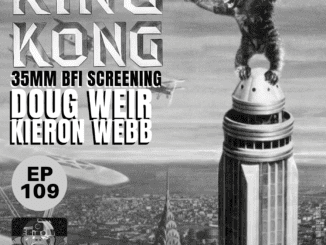
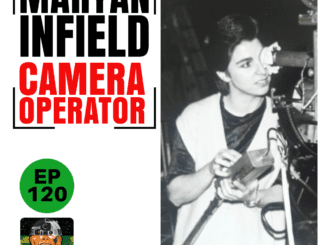
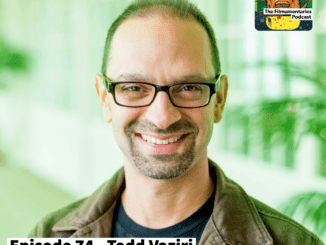
Be the first to comment